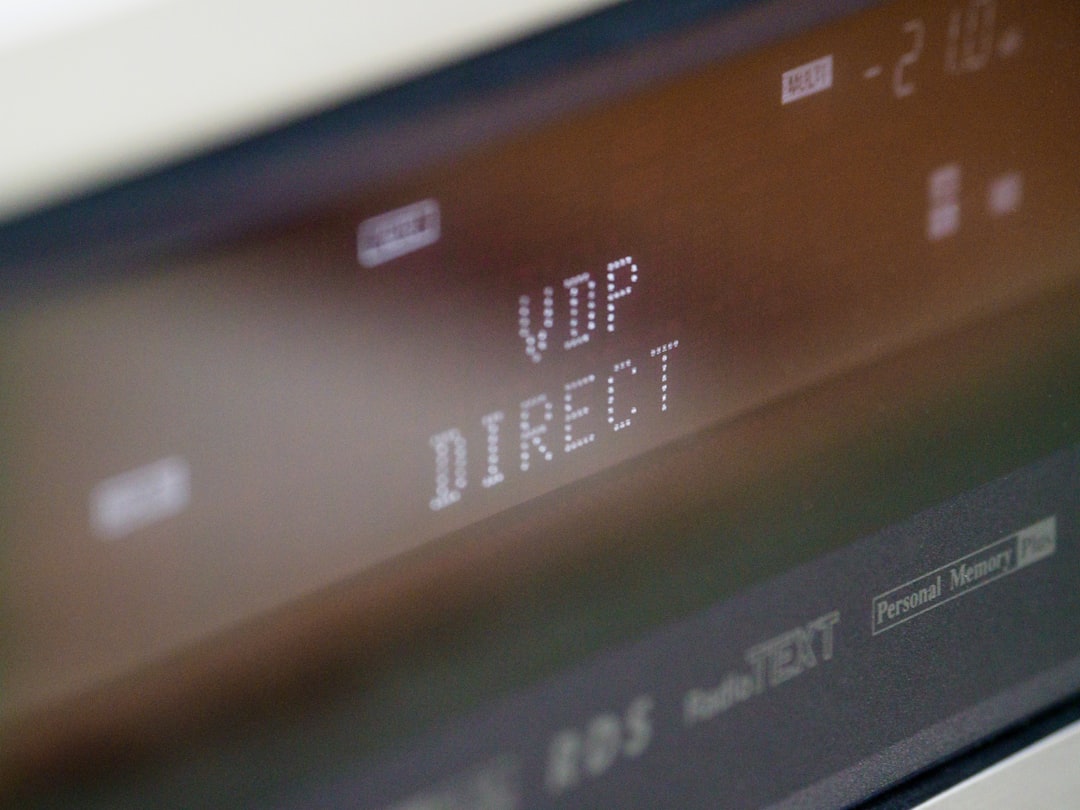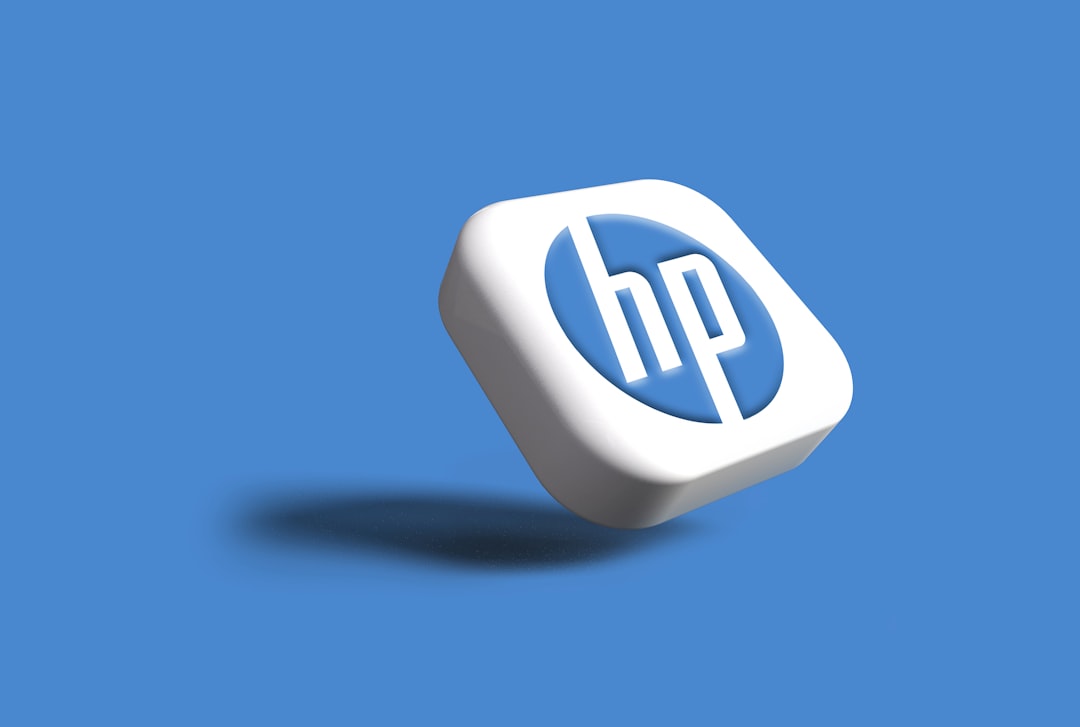The .htaccess file in WordPress is a hidden configuration file used on Apache servers to control various server-related functionalities. Though often overlooked by beginners, this powerful file holds the key to many essential features such as permalink structure, redirects, security rules, and performance optimization. Understanding how to manage your .htaccess file not only helps you troubleshoot issues but also allows you to significantly enhance your website’s functionality and security.
Contents of Post
What is the .htaccess File?
The term .htaccess stands for “Hypertext Access.” It is a configuration file read by Apache web servers to define specific parameters for directories. When a browser requests a page from a WordPress website, Apache checks the .htaccess file in the relevant directory to determine how that request should be handled.
WordPress uses the .htaccess file primarily to manage permalinks, but this file can do much more. Beyond URL rewriting, it can enforce HTTPS, block suspicious traffic, restrict access to directories, and even help reduce your site’s load time by enabling browser caching and compression.
Where to Find the .htaccess File
The .htaccess file is typically located in the root directory of your WordPress installation. That means it’s in the same folder as the wp-config.php and wp-login.php files. However, because it begins with a dot, it’s hidden by default on most systems.
To find it, you’ll need to:
- Access your website using an FTP client like FileZilla, or a file manager in your hosting control panel.
- Ensure that hidden files are visible. In FileZilla, for instance, you can enable this option from the settings menu.
- Look for a file named .htaccess in the root directory (often public_html or www).

If you can’t find the file, don’t worry—it might not exist yet. WordPress will automatically generate it when you configure custom permalinks. You can also manually create one using a text editor and upload it to the root folder.
Default WordPress .htaccess Contents
Here is what a default WordPress .htaccess file typically looks like:
# BEGIN WordPress
<IfModule mod_rewrite.c>
RewriteEngine On
RewriteBase /
RewriteRule ^index\.php$ - [L]
RewriteCond %{REQUEST_FILENAME} !-f
RewriteCond %{REQUEST_FILENAME} !-d
RewriteRule . /index.php [L]
</IfModule>
# END WordPress
This block handles the URL rewriting rules required for WordPress permalinks to function correctly. You should place custom rules either before # BEGIN WordPress or after # END WordPress to avoid conflicts during automatic updates.
Common .htaccess Tweaks for WordPress
Once you’re comfortable editing the .htaccess file, you can enhance your site’s performance and security. Below are some common and useful snippets:
1. Redirect HTTP to HTTPS
Force SSL so all traffic uses HTTPS instead of HTTP:
<IfModule mod_rewrite.c>
RewriteEngine On
RewriteCond %{HTTPS} off
RewriteRule ^(.*)$ https://%{HTTP_HOST}%{REQUEST_URI} [L,R=301]
</IfModule>
2. Block Malicious Bots and Referrers
You can use your .htaccess file to block specific bots and referrers that consume bandwidth or try to exploit vulnerabilities:
SetEnvIfNoCase User-Agent "BadBot" bad_bot
Order Allow,Deny
Allow from all
Deny from env=bad_bot
3. Prohibit Directory Browsing
Prevent users from viewing the contents of directories if there’s no index file present:
Options -Indexes
4. Leverage Browser Caching
Speed up your website by telling browsers to cache certain types of files:
<IfModule mod_expires.c>
ExpiresActive On
ExpiresByType image/jpg "access plus 1 year"
ExpiresByType image/jpeg "access plus 1 year"
ExpiresByType image/png "access plus 1 year"
ExpiresByType text/css "access plus 1 month"
ExpiresByType application/javascript "access plus 1 month"
</IfModule>
5. Enable Gzip Compression
Compress files before sending them to the browser, reducing bandwidth usage:
<IfModule mod_deflate.c>
AddOutputFilterByType DEFLATE text/html text/plain text/xml text/css application/javascript
</IfModule>
Security Enhancements Through .htaccess
Security should be a top priority for any WordPress website. The .htaccess file offers a layer of protection that acts before WordPress or PHP gets executed. Here are some vital tweaks:
Protect wp-config.php
<files wp-config.php>
order allow,deny
deny from all
</files>
This rule blocks unauthorized access to your wp-config.php file, which contains your database credentials and other sensitive settings.
Disable PHP Execution in Uploads Folder
The uploads folder is a common target for attackers. Preventing PHP execution can mitigate the risk:
<Files *.php>
deny from all
</Files>
Upload this to your /wp-content/uploads/ folder to enhance protection.

Password Protect WordPress Admin Folder
Adding an authentication layer to the wp-admin folder gives additional protection. You’ll need to create a .htpasswd file containing encrypted credentials and update your .htaccess to include:
AuthType Basic
AuthName "Restricted Access"
AuthUserFile /full/path/to/.htpasswd
Require valid-user
Tips Before Editing .htaccess
Because it is a sensitive file, any mistake could make your site offline or display server errors like “500 Internal Server Error.” Consider the following precautions:
- Back up the file before making any changes.
- Edit using a trusted text editor or directly via your hosting’s file manager.
- Check your site immediately after saving changes.
If you face errors, promptly restore the backup copy to revert to the previous working version.
Automated Tools for Managing .htaccess
If you’re not comfortable editing .htaccess manually, several WordPress plugins can manage these tweaks for you:
- Yoast SEO: Includes features for editing .htaccess within the WordPress dashboard.
- WP htaccess Control: Offers an interface for managing redirects, header rules, and security settings.
- All In One WP Security & Firewall: Provides pre-configured .htaccess rules for hardening your site.
Restoring the Default .htaccess File
In case your original .htaccess file gets corrupted or deleted, you can regenerate it through the WordPress admin panel:
- Go to Settings > Permalinks in your dashboard.
- Click “Save Changes” without altering any fields.
WordPress will recreate the .htaccess file with the default permalink rules.
Conclusion
The WordPress .htaccess file may appear intimidating, especially for beginners, but it offers unmatched control over your website’s behavior, performance, and security. By mastering the basics and applying targeted optimizations, you’ll not only improve your site’s functionality but also proactively defend it from common threats.
Always proceed with caution, back up before edits, and test your site thoroughly after every change. With proper usage, the .htaccess file can be one of your best tools for managing a fast, secure, and reliable WordPress website.

